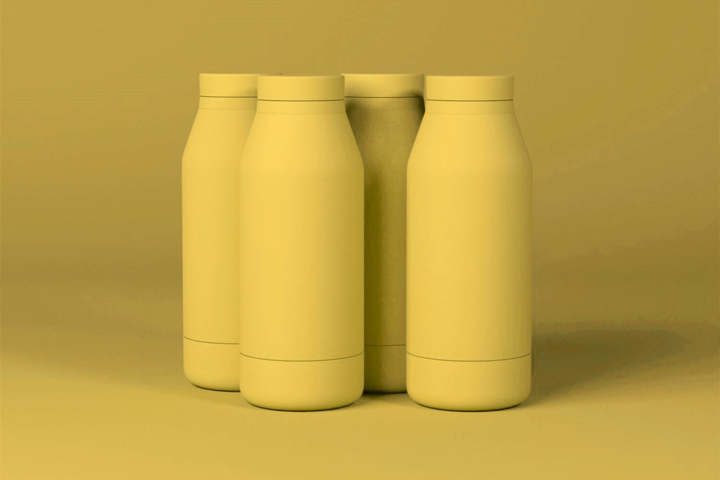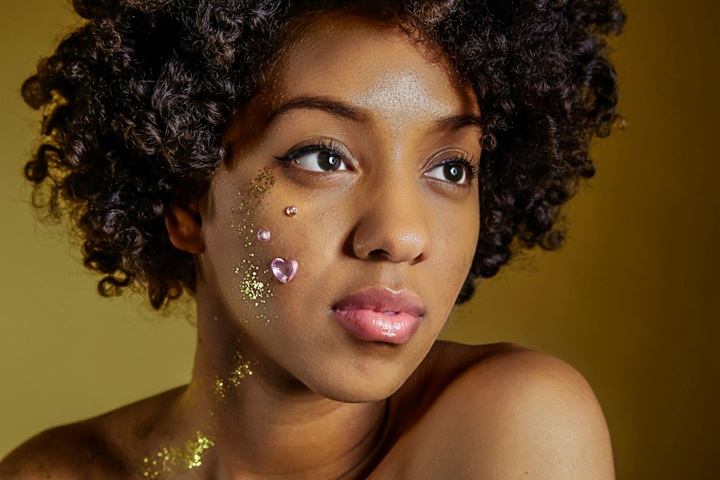America’s weight-loss revolution is accelerating, and the ripple effects are being felt well beyond the pharmacy aisle. With nearly 45% of US adults classified as obese and over 50% either diabetic or prediabetic, GLP-1 drugs like Ozempic, Wegovy, and Mounjaro have emerged as game-changing solutions in the fight against chronic metabolic conditions. But the opportunity for CPG brands, especially in personal care, is only beginning to unfold.
In 2025, a national survey by the University of Illinois found that approximately 12% of US adults are currently using GLP-1 medications. And that number is expected to surge with the next wave of innovation — namely, Eli Lilly’s upcoming GLP-1 pill, Orforglipron that is expected to drive broader adoption due to its convenience, affordability, and mass-market accessibility.
Yet as millions turn to these drugs for weight loss, a growing number are encountering an unexpected consequence: a physical side effect known as “Ozempic face.” Marked by sagging or hollow facial features due to rapid weight loss, this effect has become a hot topic, particularly among women. Public figures like Sharon Osbourne have shared personal experiences with the toll GLP-1 treatments can take on appearance, fueling wider awareness and demand for aesthetic solutions.
As the owner of a medical spa in Atlanta, my wife, a nurse practitioner who leads our aesthetics practice, provides Botox, filler injections, and laser skin-tightening procedures to treat GLP-1 patients’ facial needs. However, not everyone can afford or has access to these premium services. This creates a huge opportunity for consumer brands, particularly in the facial skin care category, to step in with accessible, high-efficacy solutions that meet a growing need at the retail shelf.
Two challenger brands are already seizing the moment.
VOL.U.LIFT GLP-1 4D Skin Rebound Complex by Image Skincare was formulated specifically to address GLP-1 side effects like loose, aging skin. The product promises to boost volume and firmness, offering intense plumping and hydration, a topical alternative to injectables.
Another rising player, GLPSGLT topical serum, marketed as DermaReverse, is gaining traction for its skin-brightening and smoothing effects, tailored to users struggling with facial changes following significant weight loss.
These early innovations should serve as a wake-up call for legacy personal care brands. Companies like P&G, Unilever, L’Oréal, and Johnson & Johnson have the R&D capabilities, distribution strength, and consumer trust to either develop new products or reposition existing ones to address the emotional and aesthetic challenges GLP-1 users face.
There’s no question this is a white-space growth opportunity:
- GLP-1 use is projected to grow at double-digit rates year over year.
- According to a 2023 JAMA study, more than 70% of current users are women, those most likely to invest in skin care.
- Shoppers increasingly seek at-home, over-the-counter solutions for post-weight-loss skin care.
- Beauty and wellness trends are now tightly linked to health outcomes, driving demand for products that deliver both visible and functional results.
At the same time, this shift creates new opportunities for retailers. National drugstores, mass retailers, and even club retailers can elevate their store brands and shelf assortments with science-backed, GLP-1-specific skin care products that resonate with this expanding consumer base.
Ultimately, brands that act now by launching new formulations, amplifying clinical claims, or reframing messaging to speak directly to GLP-1 users stand to gain category relevance and long-term loyalty. As weight-loss drugs reshape the bodies and lifestyles of millions of people, they are also reshaping the face of skin care.
For more on GLP-1, see our GLP-1 usage and attitudes study.




